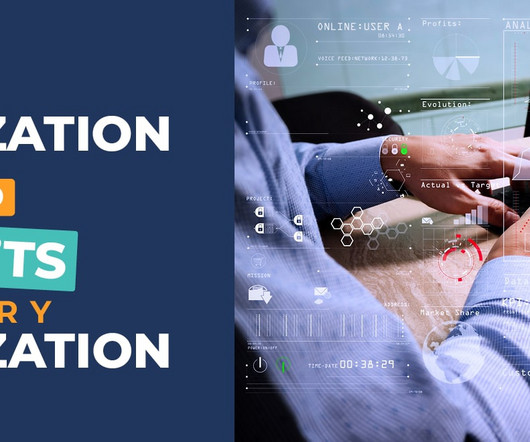Export Your Universal Analytics Data Before It’s Too Late
Forum One
APRIL 23, 2024
Just as you’ve finally settled into the shift from Universal Analytics (UA) to Google Analytics 4 (GA4) and started to get a handle on its new metrics, Google has yet another deadline for organizations to meet. By exporting data, users can maintain access to historical comparisons and enable future analysis.















Let's personalize your content